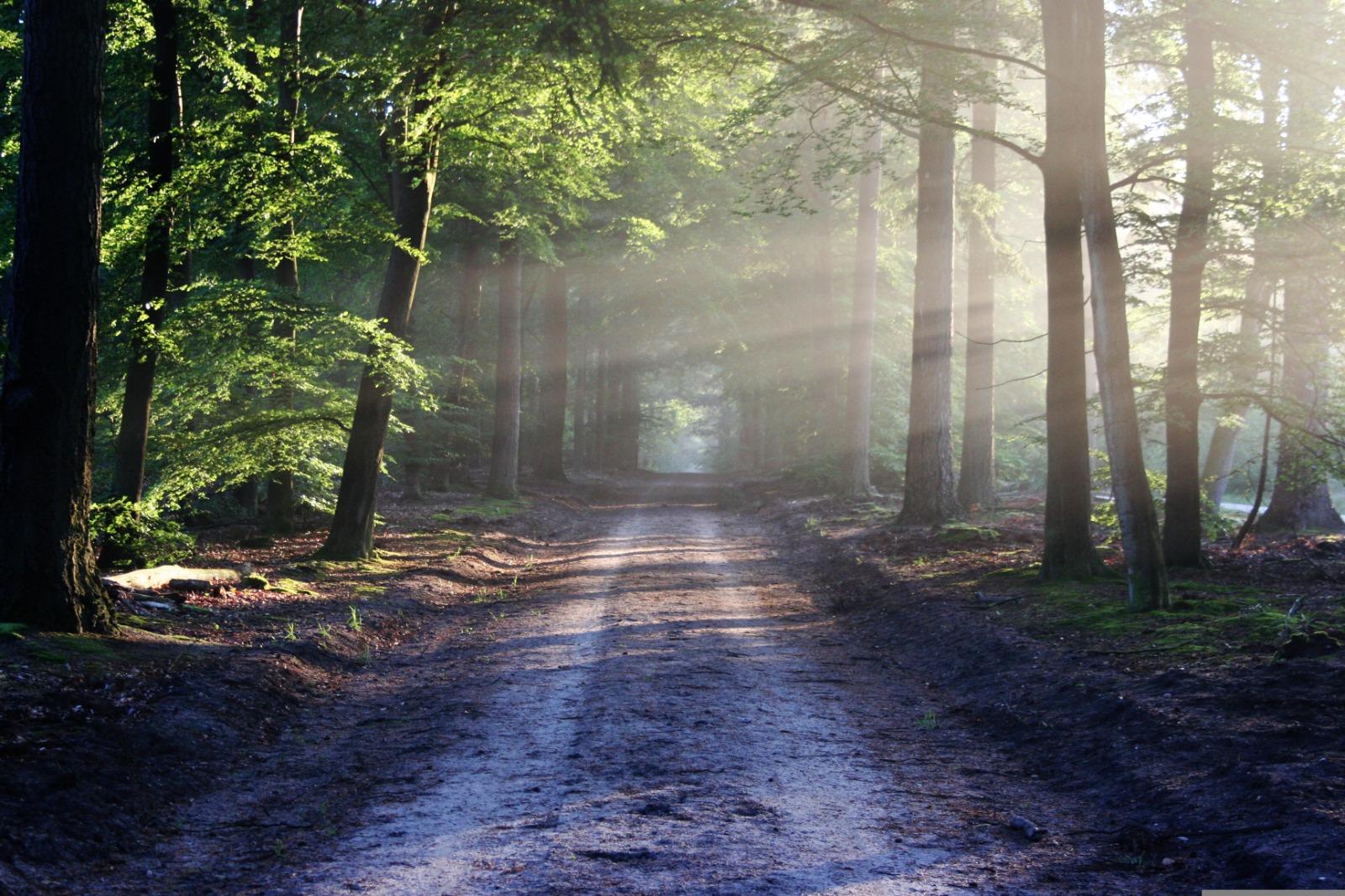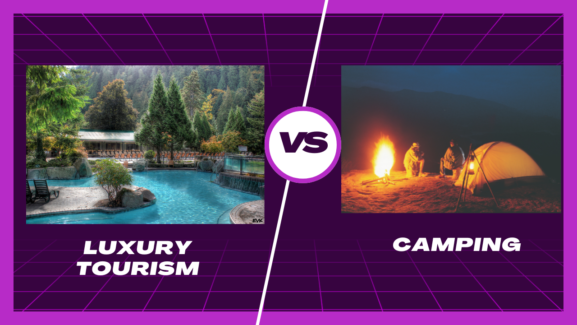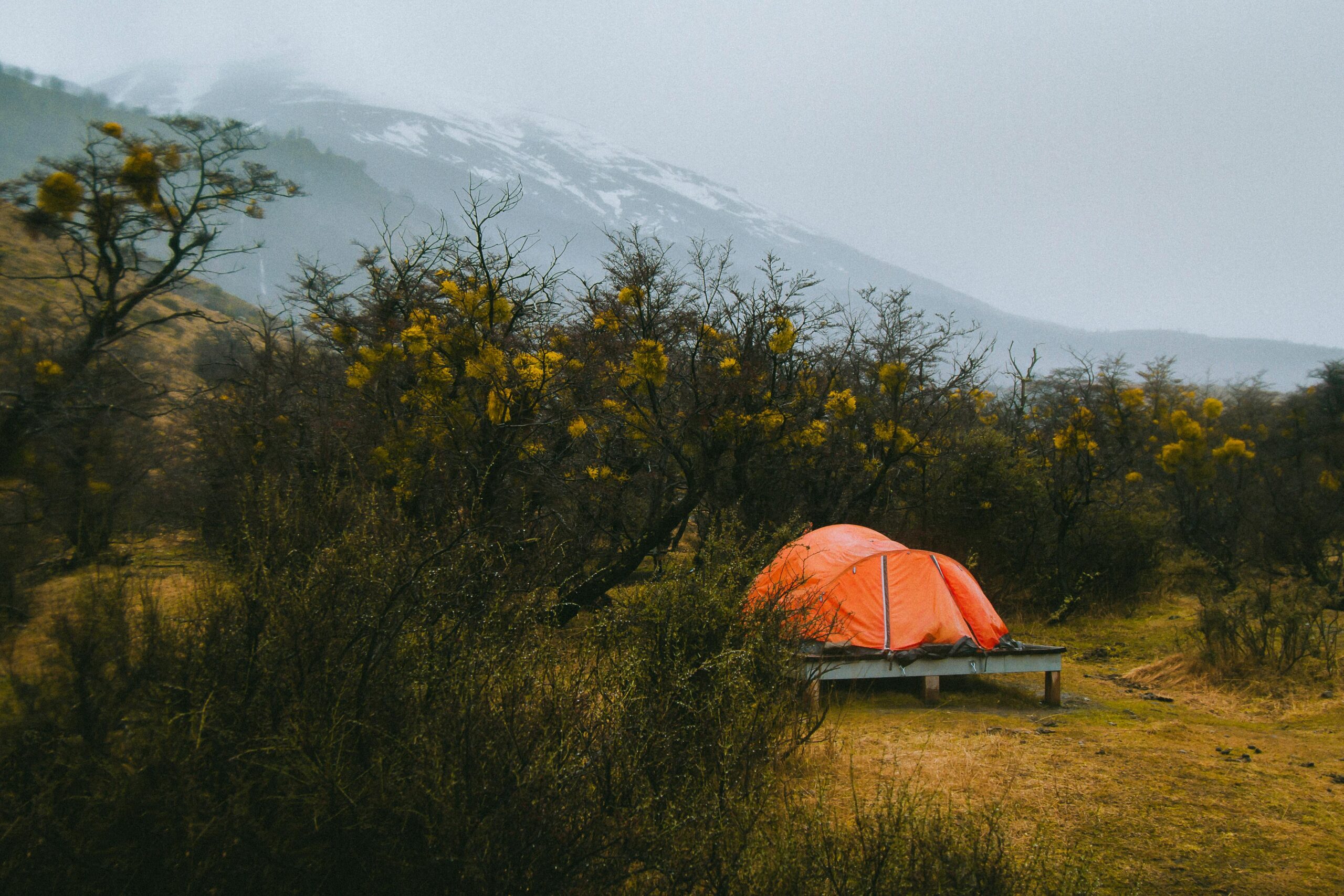Overlanding in India: Is it necessary to travel in groups?

No, it is not necessary to travel in groups for Overlanding in India. Overlanding can be done both individually and also with family. Many individuals and families also enjoy the freedom and independence of embarking on overlanding trips alone. Ultimately, the decision to travel alone or in a group should be based on factors such as individual comfort, experience, and the specific nature of the trip. It’s important to plan and prepare accordingly, ensuring you have the necessary skills, resources, and safety measures in place for a successful and enjoyable overlanding experience.
How do I and my family ensure safety and security when not traveling in a group?
Ensuring safety and security while traveling with your family, requires careful planning and consideration. Here are some tips to help you maintain safety during your overlanding adventures:
Research and Plan: Thoroughly research your destination and route before traveling. Understand the local customs, culture, laws, and any potential safety concerns specific to the area. Plan your itinerary accordingly, keeping in mind the interests and comfort of your family.
Share Itinerary and Stay Connected: Share your travel plans, including your itinerary and contact information, with a trusted family member or friend. Stay connected with them regularly, providing updates on your whereabouts and any changes to your plans.
Stay Informed about Local Safety: Stay informed about the local safety situation by monitoring reliable sources of information, such as local news, government travel advisories, and forums. Be aware of any potential risks or safety concerns in the areas you plan to visit.
Choose Safe Accommodations: Opt for secure accommodations, such as established campsites or paid campsites if you are a novice. For free sites, please ensure you talk to the nearby villagers or community and take their permission for safety and security.
Practice Situational Awareness: Stay alert and aware of your surroundings at all times. Be cautious in unfamiliar areas, especially in crowded places or during nighttime. Trust your instincts and avoid any situations or individuals that raise concerns.
Maintain Communication Devices: Carry reliable communication devices, such as mobile phones, with good network coverage. Always ensure you have cellular network coverage especially when you are at a free site.
Emergency Preparedness: Carry a well-stocked first aid kit, emergency supplies, and any necessary medications. Familiarize yourself with emergency procedures, including the location of the nearest medical facilities and police stations.
Safe Driving Practices: If you are driving during your overlanding trip, follow safe driving practices, obey traffic rules, and be aware of local driving customs. Maintain your vehicle in good condition and carry the necessary spares and tools. Avoid driving during nighttime or in unsafe road conditions, if possible.
Cultural Sensitivity: Respect local customs, traditions, and social norms. Dress modestly when required, be mindful of photography restrictions, and be aware of appropriate behavior in religious or sacred sites. Being respectful of the local culture can contribute to a safer and more positive experience.
Trust Your Instincts: As a family, trust your instincts and make decisions that prioritize your safety. If a situation feels uncomfortable or unsafe, it is better to err on the side of caution and choose an alternative course of action.
Remember, safety is a priority, and it’s essential to be well-prepared, informed, and proactive in ensuring the security of yourself and your family during your overlanding adventures.
Trail of Overlanding Equipment
When embarking on an Overlanding adventure, it’s important to have the right equipment to ensure a successful and enjoyable journey. Here is a trail of essential overlanding equipment to consider:
Vehicle Accessories:
Recovery equipment: Include items such as recovery straps, shackles, and a sturdy recovery board for getting unstuck.
Spare tire and tire repair kit: Carry a full-size spare tire and tools for changing tires, along with a tire repair kit for quick fixes.
Vehicle maintenance tools: Keep a basic toolkit, jumper cables, and fluids like oil and coolant for vehicle maintenance.
Communication and Navigation:
GPS navigation system: Use a reliable smartphone app for accurate navigation.
Maps and compass: Have physical maps and a compass as backups for navigation.
Camping and Sleeping:
Storage system: Ensure you have a proper storage system to carry additional gear and equipment.
Sleeping set up in the vehicle or ground tent: Choose a suitable bedding option in the vehicle or tent that offers comfort and protection from the elements.
Sleeping bags and sleeping pads: Ensure you have warm and comfortable sleeping gear for a good night’s rest.
Cooking and Food:
Camp stove and fuel: Bring a reliable camp stove along with sufficient fuel for cooking meals.
Cookware and utensils: Pack lightweight and durable pots, pans, and utensils for cooking and eating.
Cooler or fridge if required: Keep perishable food and beverages fresh with a cooler or portable fridge.
Water and Hydration:
Water containers: Carry sufficient water containers to store an ample supply of drinking water.
Water filtration system: Have a water filtration or purification system to ensure access to clean drinking water from natural sources. Use a TDS meter if required for checking.
Power and Lighting:
Portable power option or dual battery system: Consider having a power source for charging devices and running appliances.
LED lights and lanterns: Provide illumination around your campsite during the night.
Headlamps and flashlights: Ensure you have hands-free lighting for activities in low-light conditions.
Safety and Emergency:
First aid kit: Carry a comprehensive first aid kit with essential medical supplies.
Fire extinguisher: Have a fire extinguisher rated for outdoor use.
Emergency kit: Include items like a whistle, multi-tool, emergency blanket, and signaling devices for emergencies.
Campsite Essentials:
Camp chairs and table: Provide comfortable seating and a surface for dining and activities.
Campfire accessories: If permitted, bring fire starters, firewood, and a fire extinguishing method.
Outdoor gear: Pack appropriate clothing, hiking boots, rain gear, and insect repellent.
Remember to pack personal items such as clothing, toiletries, and medications. Adapt this trail of equipment to your specific needs, the duration of your trip, and the terrain you’ll be encountering. Regularly check and maintain your equipment to ensure it is in good working condition and always try all your equipment before actual usage at the campsite.
Happy overlanding!



